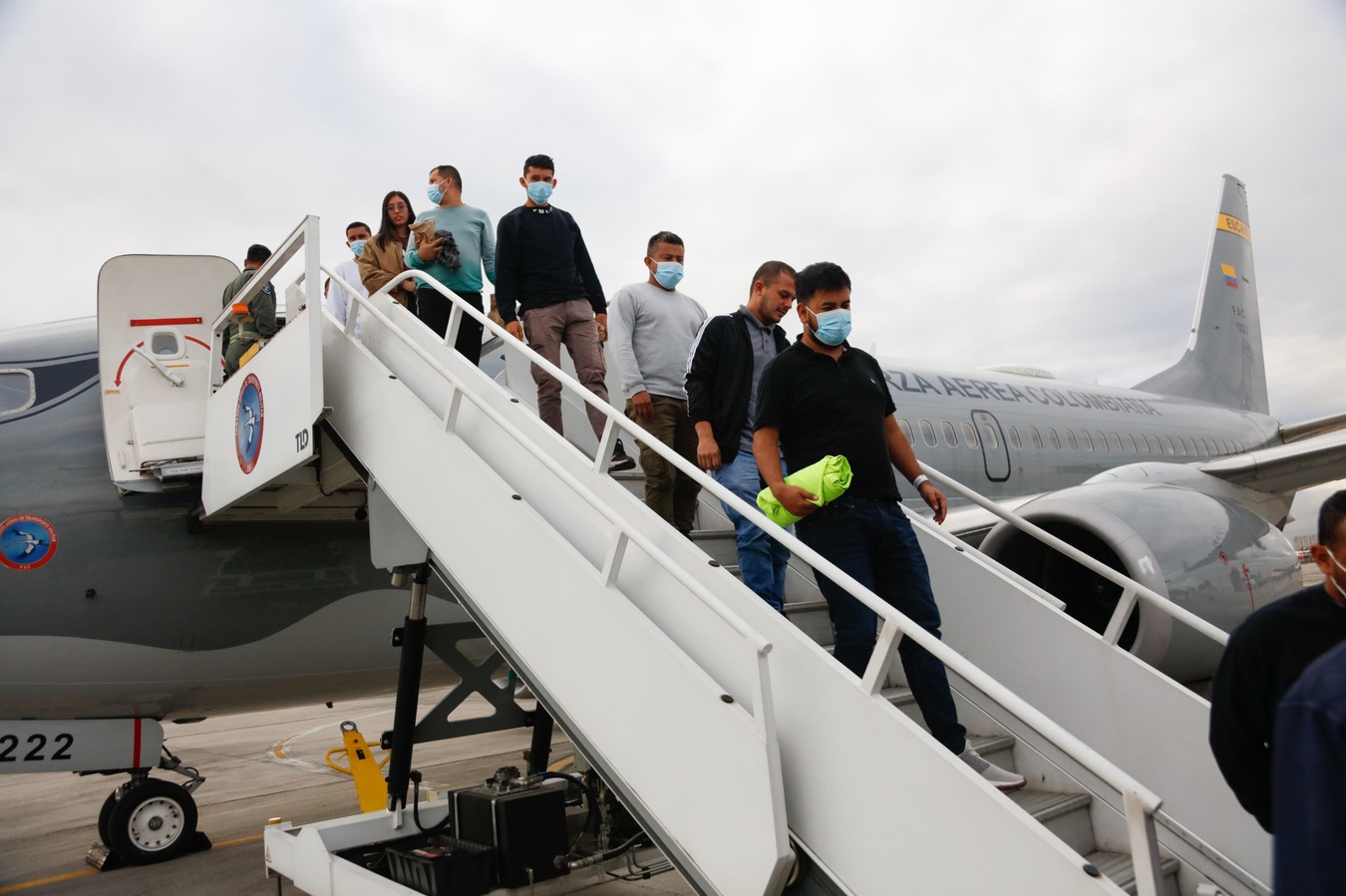Financial Crisis Hits Immigrant Pockets
Financial Crisis Hits Immigrant Pockets
The U.S. economic downturn, rising unemployment, and heightened border security are taking a toll on migration and remittances, with declines witnessed in migration flows to the United States and cash wired to families in Mexico.
Stepped up immigration law enforcement, workplace raids, and construction of a 670-mile fence have slowed the influx of undocumented migrants crossing the Mexican border in search of work in the United State. On top of those factors, the financial crisis is dealing another blow as construction and manufacturing jobs dry up, slowing the flow of money both legal and illegal immigrants send to their families back home. In the case of Mexico, where remittances represent the second largest legal source of foreign income, the cash flow serves as a vital lifeline to the economy.
The U.S. Department of Labor released September figures, showing that the unemployment rate hit 6.1 percent and roughly 9.5 million Americans find themselves jobless. The unemployment rate stands higher for Hispanics at 7.8 percent. The Financial Times reports that, as the job market shrank, remittances to Mexico dropped more than 12 percent in August, confirming fears. The analysis notes that more than 25 percent of undocumented Mexicans in the United States work in the construction trade, a sector hit hard by the subprime mortgage debacle.
Rising unemployment could trigger the exodus of more than 350,000 immigrants living in the United States, says the head of Mexico’s National Confederation of Farm Workers Cruz Lopez Aguilar, who suggests the Mexican government create a plan to generate jobs for returnees and provide education to their children. An October report by the Pew Hispanic Center makes use of U.S. census figures to confirm that fewer migrants are entering the United States. The study finds the drop could amount to as much as around 800,000 per year in 2004 down to approximately 500,000 in 2007.
In response to concerns about the global financial scare and in an effort to stem unemployment in Mexico, the government of President Felipe Calderón unveiled on Wednesday a plan to show up the economy. The president announced a new cash infusion worth $4.3 billion into several infrastructure projects in an effort to rescue investor confidence and boost job creation in the face of a lower U.S. demand for Mexican goods due to the economy’s contraction. The peso devalued more than 6 percent on October 6, experiencing its worst day since the 1994 Mexican financial crisis and causing Mexico’s Central Bank to inject almost a billion dollars into the market to stop the dive.
Guatemala and El Salvador face similar hurdles in terms of remittance drops, with declines hitting 12 and 18 percent respectively, reports the Inter American Development Bank. An increase in the number of soldiers patrolling the Mexico-Guatemala border in an attempt to slow the drug trade could also result in lowering the number of Central American immigrants crossing into Mexico with the United States as a destination.
The Economist highlights the mixed effects of the fence along the U.S.-Mexico border in terms of security and economics, saying “America is creating a barrier that is at once much too porous and rather too tight.” The article explains that tighter controls strengthen organized crime rings, which take advantage of heightened security by increasing fees for human and drug smuggling.
Read AS/COA coverage of the financial crisis’ effect on Latin America.
On October 10, AS/COA hosts a discussion on Hispanics’ economic contributions in the U.S. economy and how the private sector can benefit from the Hispanic labor force and entrepreneurship.








